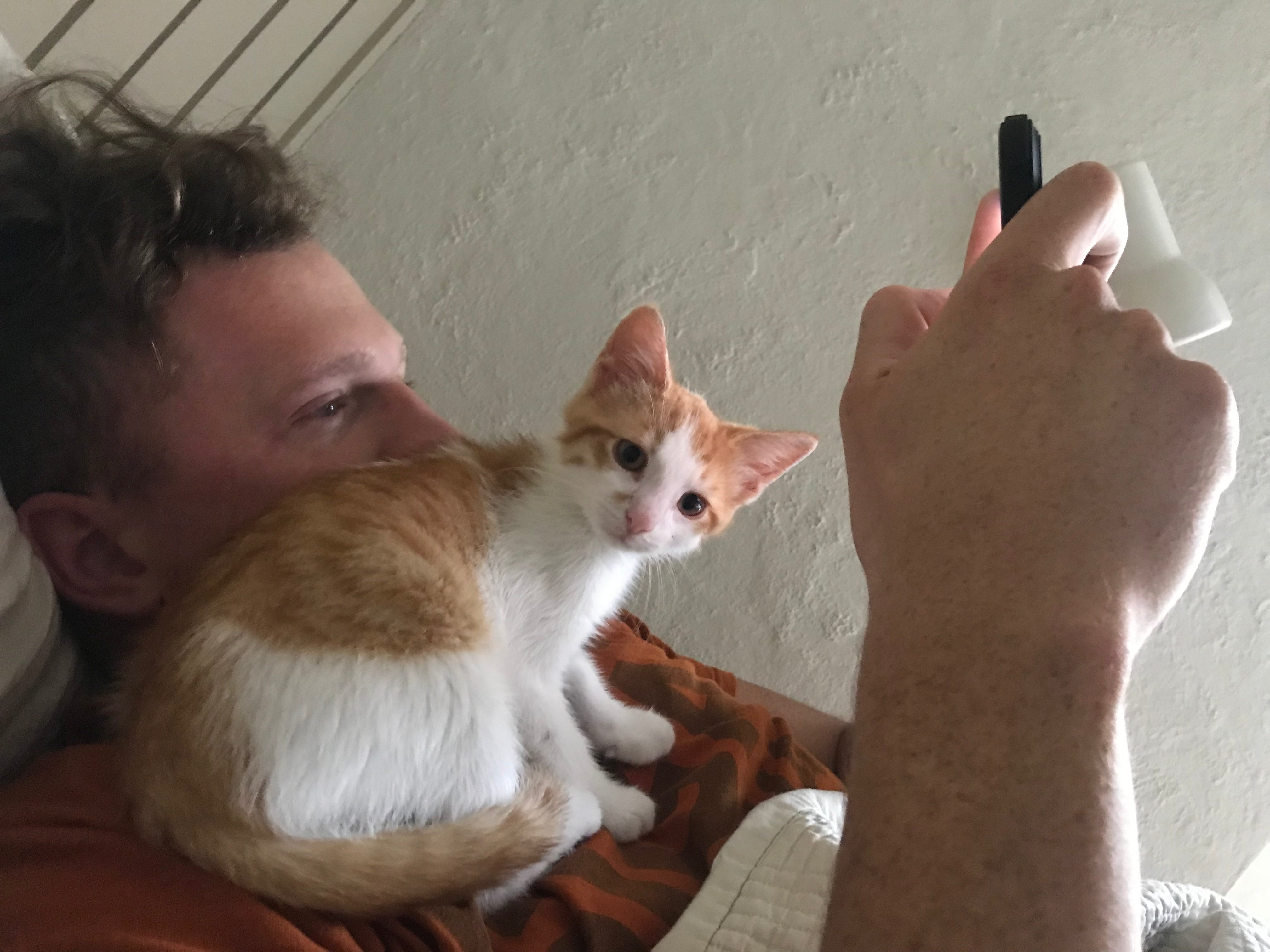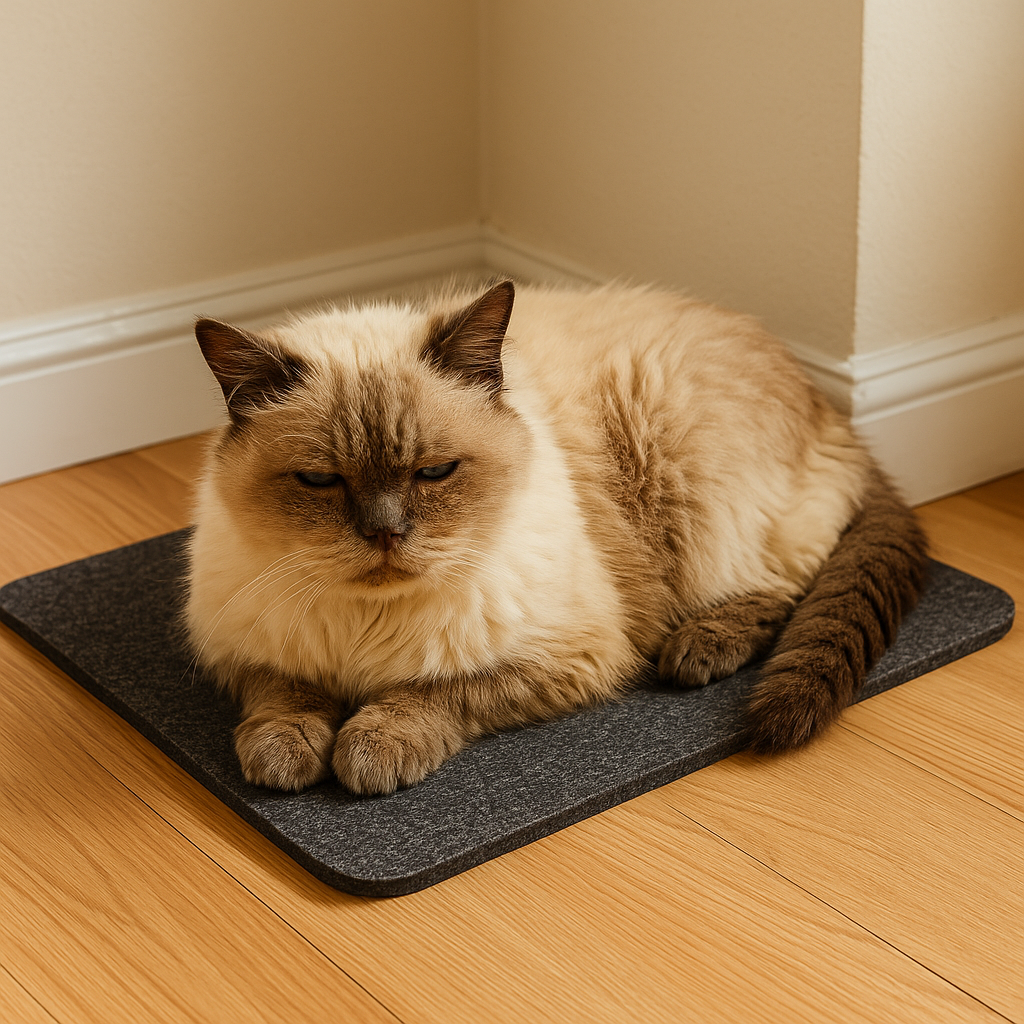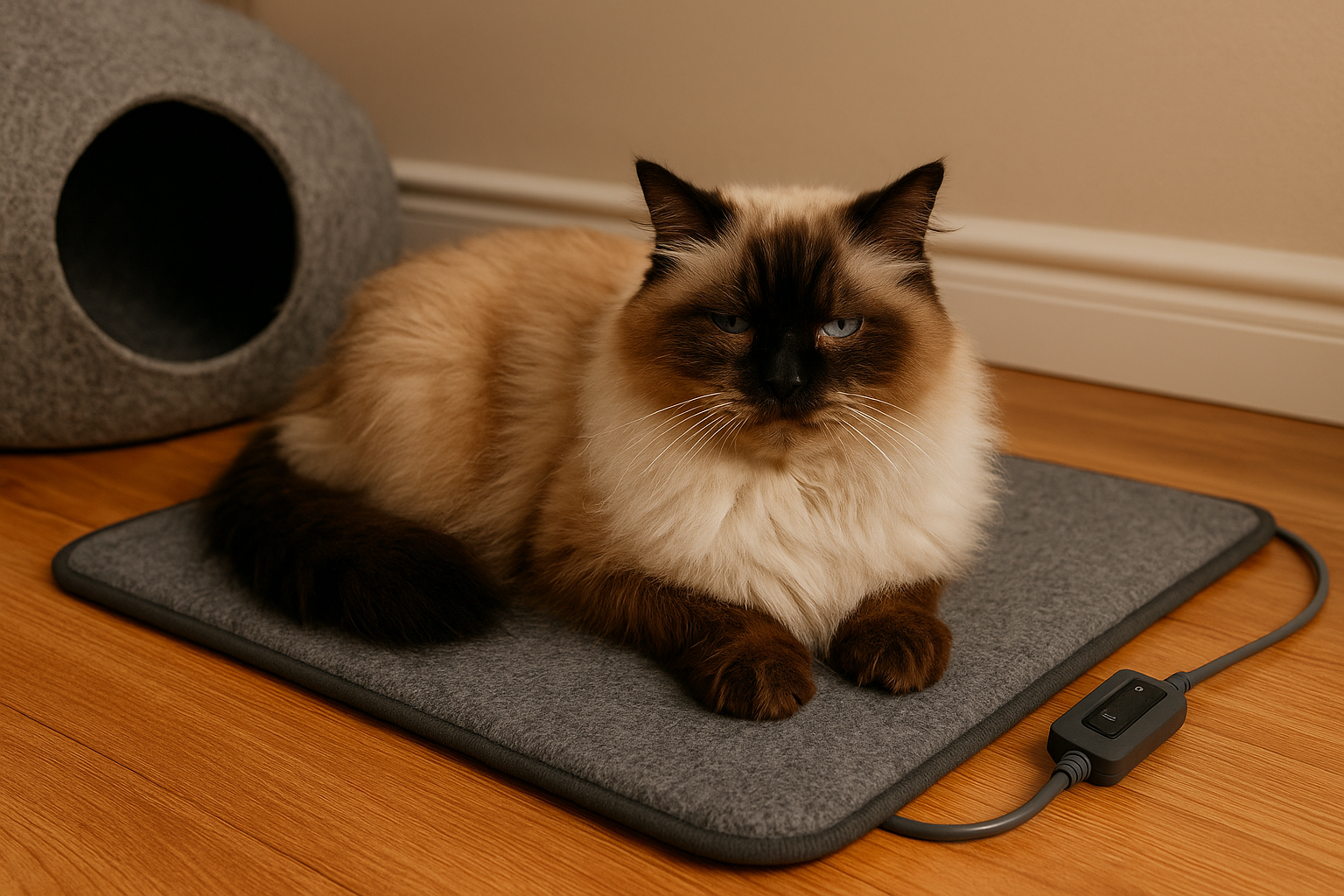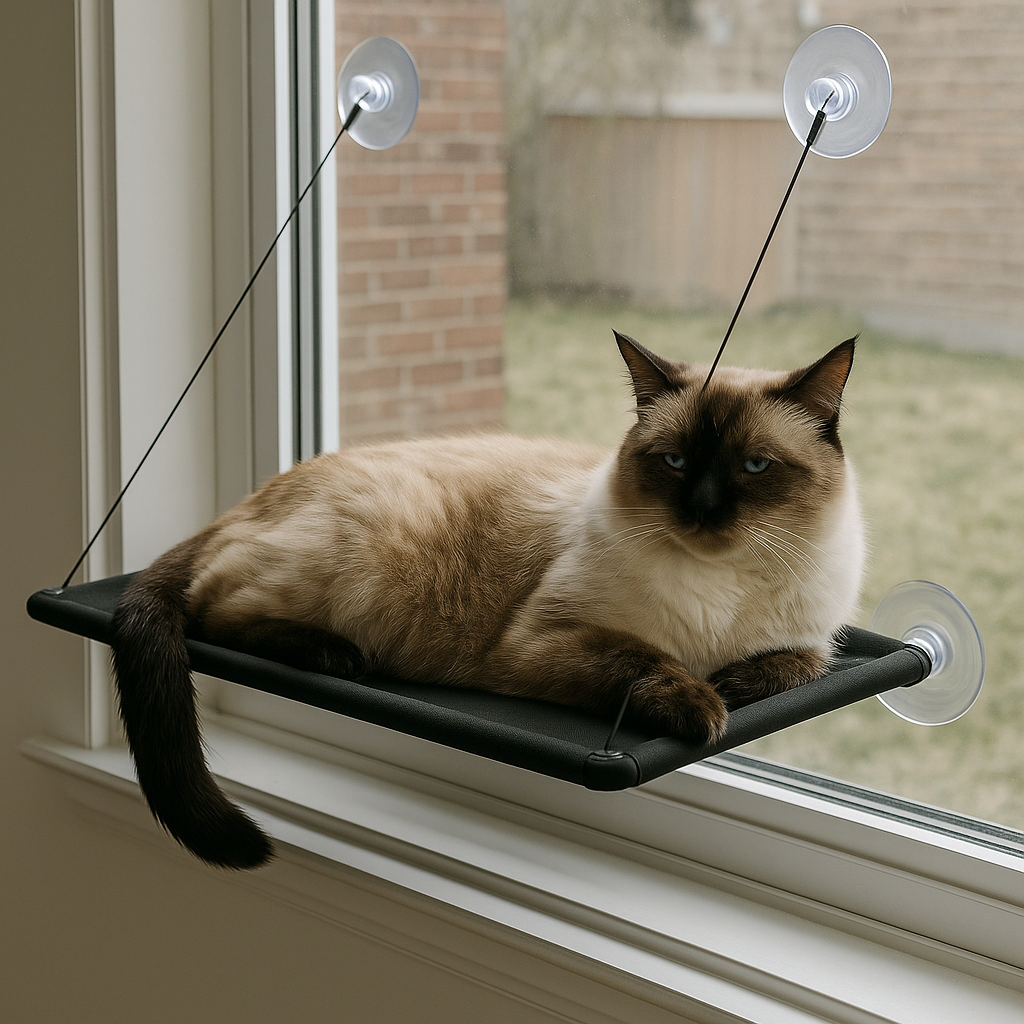Vet-Approved 2025 Tips: Keeping Your Cat Warm in Winter ❄️🐱
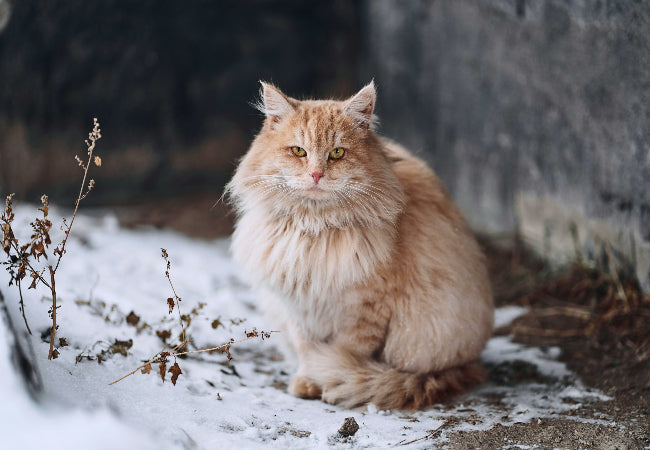
In this article
Vet-Approved 2025 Tips: Keeping Your Cat Warm in Winter ❄️🐱
By Dr. Duncan Houston BVSc
Winter can be a challenging season for cats, especially those with short hair, older cats, or kittens. Maintaining a warm and comfortable environment is essential for their health and well-being. Here’s a comprehensive guide to help your feline friend stay cozy and safe during the colder months.
🏠 Create a Warm and Draft-Free Environment
Cats are sensitive to cold drafts. Make sure their sleeping areas are away from windows, doors, and vents where cold air can enter. Consider using door stoppers or draft blockers to minimize chilly drafts in rooms where your cat spends most of their time.
🛏️ Insulate Their Bed
A cozy bed is key to keeping your cat warm. You can:
-
Use self-heating cat beds that reflect their body heat.
-
Add blankets or soft towels to their usual sleeping spots.
-
Use a pet-safe heating pad or a hot water bottle wrapped in a towel for extra warmth.
Cats love curling up in snug spaces, so layering bedding can make them feel safe and toasty.
🌡️ Maintain Consistent Home Temperature
Cats feel most comfortable in warm, stable temperatures. During winter, try to maintain a consistent room temperature. If you’re away during the day, programmable thermostats can help keep your home at a steady warmth for your cat.
🐾 Groom Regularly
A cat’s fur acts as natural insulation. Regular grooming:
-
Removes tangles, mats, and loose hair that can compromise their coat’s insulating ability.
-
Keeps their fur healthy and fluffy, maximizing warmth.
Long-haired cats may require more frequent brushing, while short-haired cats still benefit from occasional grooming.
🏰 Provide Cozy Hiding Spots
Cats naturally seek enclosed, warm spaces. Offer:
-
Covered beds or cat caves.
-
Cardboard boxes lined with soft blankets.
-
Elevated areas like cat trees with added bedding.
These safe spots allow cats to retreat and conserve body heat.
🧥 Consider Cat Sweaters or Jackets
Some cats tolerate clothing. For short-haired or elderly cats, a snug sweater or jacket can provide extra warmth. Make sure the garment:
-
Fits comfortably without restricting movement.
-
Is made of soft, breathable material.
-
Is introduced gradually so your cat feels comfortable wearing it.
🎾 Encourage Indoor Exercise
Physical activity helps maintain muscle warmth and healthy circulation. Engage your cat with:
-
Interactive toys like feather wands or laser pointers.
-
Climbing towers or shelves for vertical play.
-
Puzzle feeders that encourage movement while eating.
🚫 Limit Outdoor Exposure
Cold weather can be dangerous for cats. Limit outdoor time during extreme cold, snow, or icy conditions. For outdoor cats:
-
Provide a safe, insulated shelter if they must be outside.
-
Encourage them to use indoor litter boxes and indoor play areas to reduce outdoor exposure.
⚠️ Watch for Signs of Hypothermia
Cats can suffer from hypothermia in extreme cold. Look for signs such as:
-
Shivering or trembling.
-
Lethargy or unusual fatigue.
-
Cold ears, paws, or tail.
If you notice these symptoms, warm your cat gradually with blankets or warm compresses and contact your veterinarian immediately if concerned.




